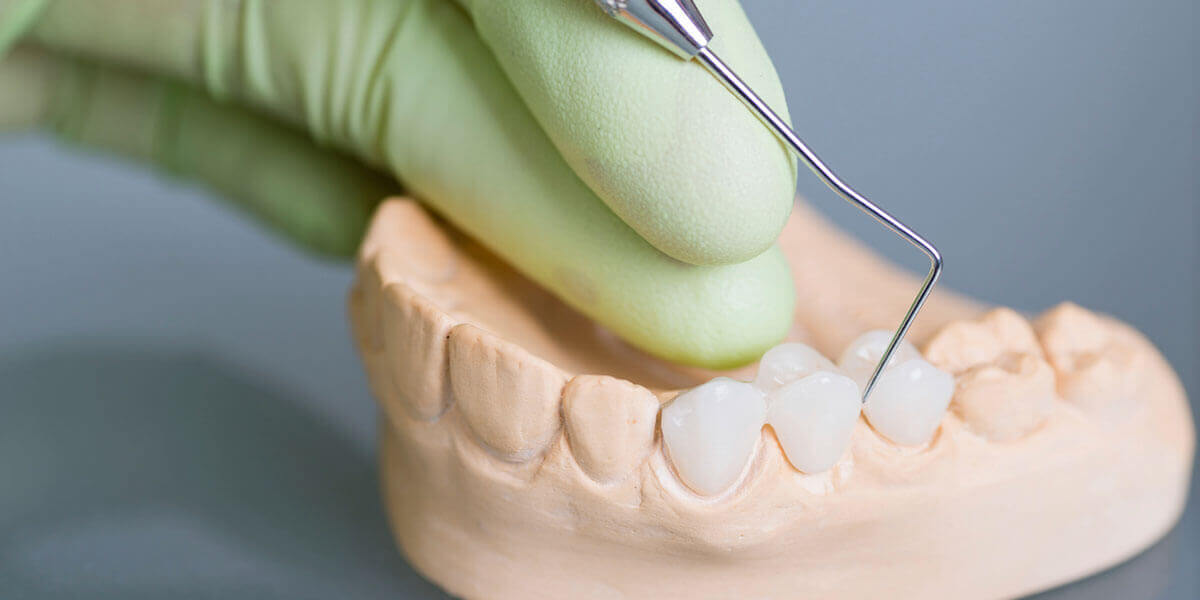Dental Bridges in Germantown, MD

Total Dental Care offers dental bridges in Germantown, MD. Call us at 240-813-9111 to learn more and schedule an appointment.
Dental bridges are a restorative solution for missing teeth. They quite literally bridge the gap in your smile—the two adjacent teeth serve as abutments to hold the pontics, or prosthetic teeth, in place. Our practice offers the following types of dental bridges:
Traditional Dental Bridge
A traditional dental bridge involves placing crowns on the two teeth adjacent to the missing tooth or teeth. The crowned teeth serve as abutments to hold the pontics in place.
Cantilever Bridge
While a traditional bridge requires placing crowns on two adjacent teeth, a cantilever bridge uses only one tooth as an abutment. Cantilever bridges place additional stress on the abutment tooth, so they are reserved for situations where no other option is available.
Implant Supported Bridge
Implant-supported bridges are ideal for situations in which three or more teeth are missing. Rather than placing dental crowns on adjacent teeth, an implant-supported bridge involves replacing the two outermost missing teeth with dental implants and using these implants as abutments to support a bridge.
Maryland Bridge
Maryland bridges are an alternative to traditional bridges; instead of placing crowns on the abutment teeth, Maryland bridges use a metal support structure that is cemented onto the backs of the abutment teeth. These bridges are not as strong as traditional bridges, but they do preserve the tooth structure of the adjacent teeth.
Contact our office to learn more about dental bridge options and which is best for you.
To schedule your appointment, call us today at 240-813-9111.
Frequently Asked Questions About Dental Bridges
How many teeth can be in a bridge?
As long as there are enough teeth or dental implants to use as abutments, bridges can be used to restore as many teeth as needed. Without sufficient abutment teeth or implants, dentures may be a more suitable option.
Do dental bridges look natural?
Yes, dental bridges can be made to match your natural teeth and blend in with the rest of your smile. No one will suspect that you’re wearing a bridge.
How do you take care of a bridge?
Your dental care routine should not change much after getting a bridge—brush for two minutes twice a day, floss at least once a day, and see the dentist every six months. When flossing, you’ll also need to floss under your bridge. Most patients find that a floss threader helps with this.
How long after tooth removal can a bridge be fitted?
Because the gums may be swollen and the jaw takes some time to heal, it’s best to wait several weeks before restoring the extracted teeth with a bridge to ensure that it fits properly. A temporary restoration can be provided during this time.
How long does a Maryland bridge last?
Maryland bridges are not as strong as other bridge options, but with proper care, they can be expected to last at least 10 years.
